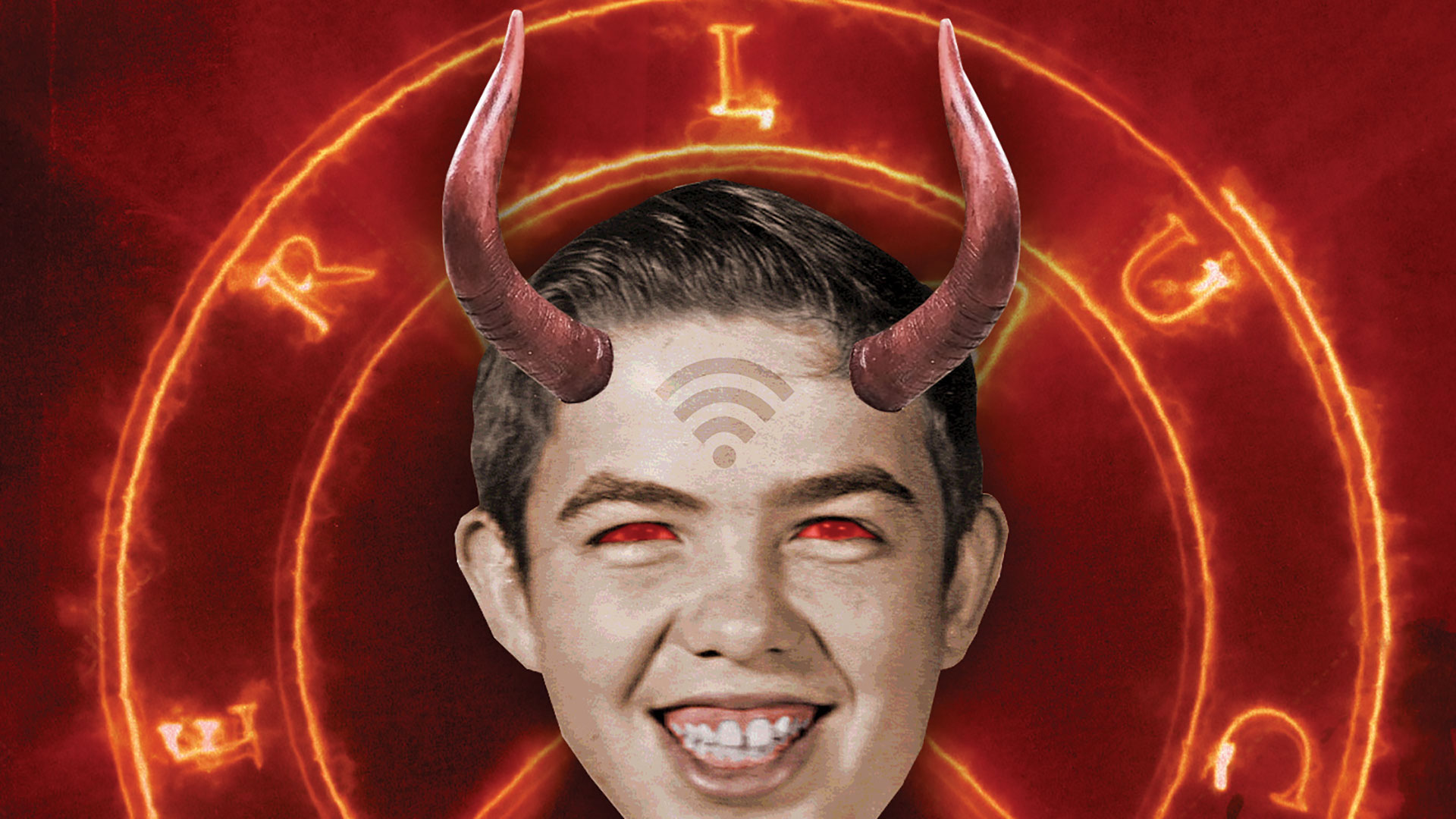As well as making a splash in the US, UK outlets soon picked up on the story.
The Daily Telegraph went for “Over-use of smartphones may be causing ‘horn-like’ growths in young people”, with Metro going down a similar path.
The Daily Star was more judgmental with “Young people growing bizarre skull spikes after hours of smartphone use”.
But that was nothing compared to the Daily Mirror, which enjoyed the story so much that they posted it twice online, one under the headline: “Young people are ‘growing HORNS on their skulls’ due to excessive smartphone use”.
But is there any truth on the bones of this story?
Facts. Checked
There is no proof that mobile phones are behind the so-called ‘horns’ – but they are real, sort of.
Advertising helps fund Big Issue’s mission to end poverty
Any images of devil-like horns sticking up from your temple are (sadly) a bit far-fetched.
The study looks at enlarged external occipital protuberances (EEOPs), felt as a bump on the back of the head just above where the neck muscles join the skull.
The idea behind the story, according to paleoanthropologist John Hawks, who posted a blog debunking the study, is to prove the hypothesis that the strain on the back of the skull from looking down at phones would cause a bone spur to develop.
A 2016 study from these researchers found this development in young adults, measuring between 10mm and 31mm.
But the 2018 report that these media stories hinge on does little to associate that development with smartphone use.
The study uses X-ray images to assess the curvature of the skull and the text says that males are 5.48 times more likely to have EEOPs than females, although a chart in the research shows both sexes have very high and similar frequencies. This has been widely identified as an error.
Advertising helps fund Big Issue’s mission to end poverty
There are also further inconsistencies that undermine the study, such as defining the lower age group as 18-30 in some places and 18-29 in others.
But ultimately – as pointed out by epidemiologist Gideon Meyerowitz-Katz in The Guardian who as well as Vice noticed that the research fell apart under scrutiny – the biggest issue is that phone use isn’t measured.
Without knowing how much each subject used their phone there is no way to draw any correlation between development of EEOPs and use of smartphones, which was a link the pair hypothesised at the start of the study.
Following the flurry of media stories, a spokesperson for Scientific Reports confirmed they are re-evaluating the research and said: “We are looking into issues regarding this paper and we will take action where appropriate.”
That’s not to say that hunching over phones is healthy or not having any discernible impact on posture and spines – but this research certainly isn’t showing it.
The devil may make work for idle thumbs when it comes to our addiction to smartphones – but using your phone isn’t making you turn into one.
Advertising helps fund Big Issue’s mission to end poverty










